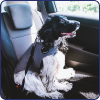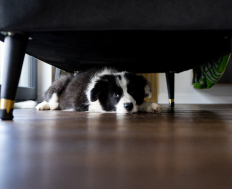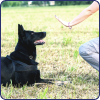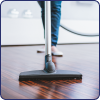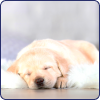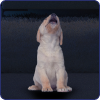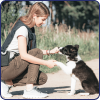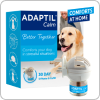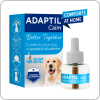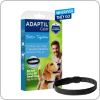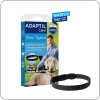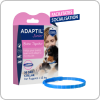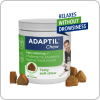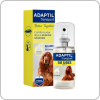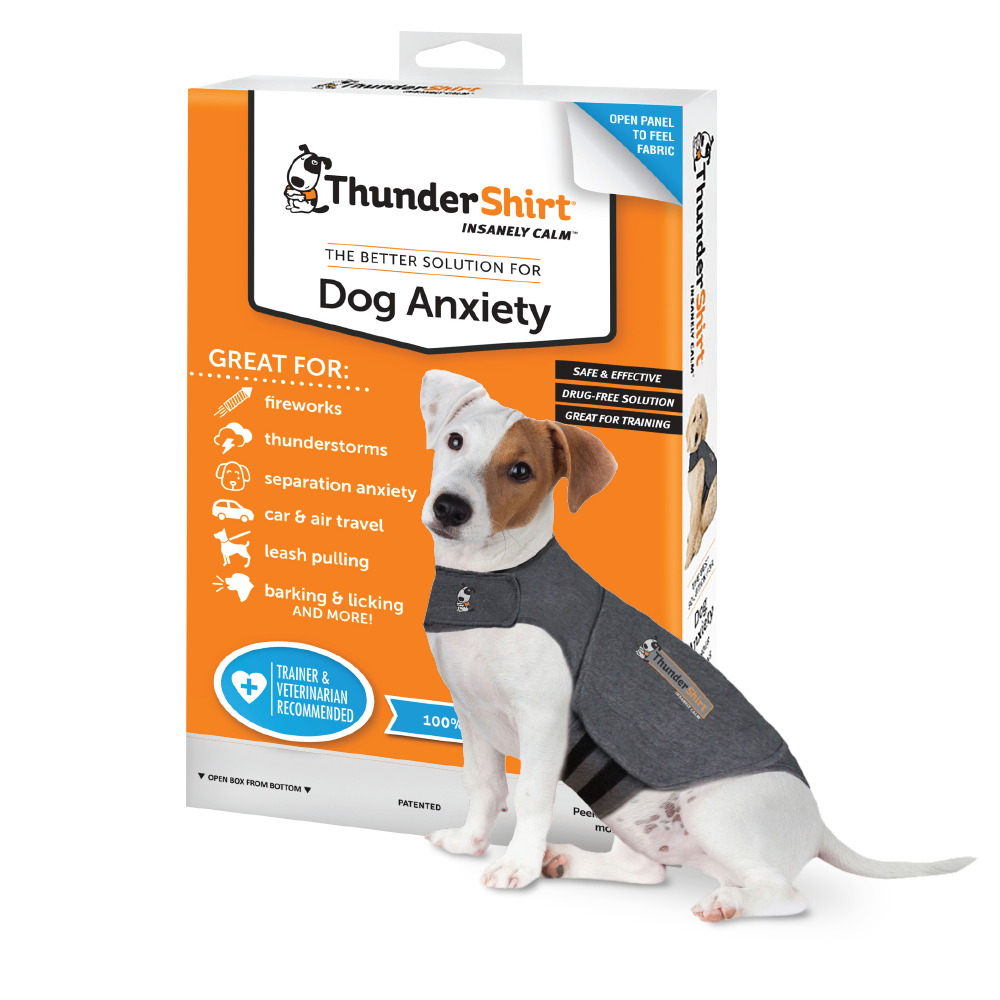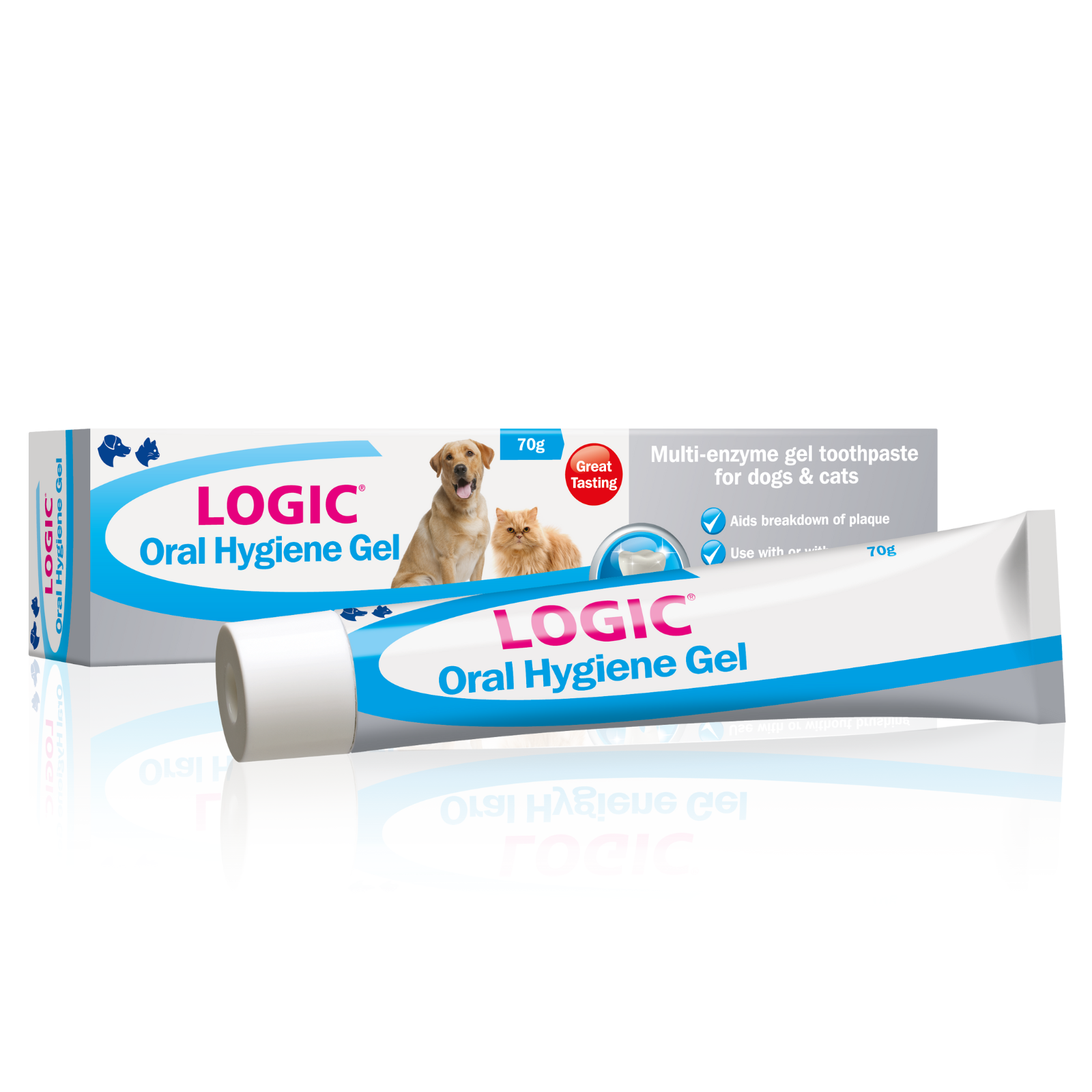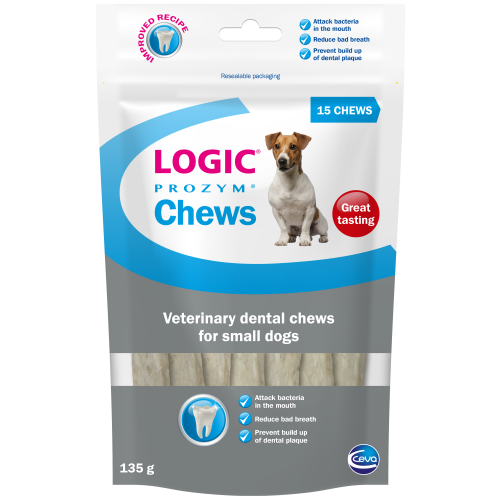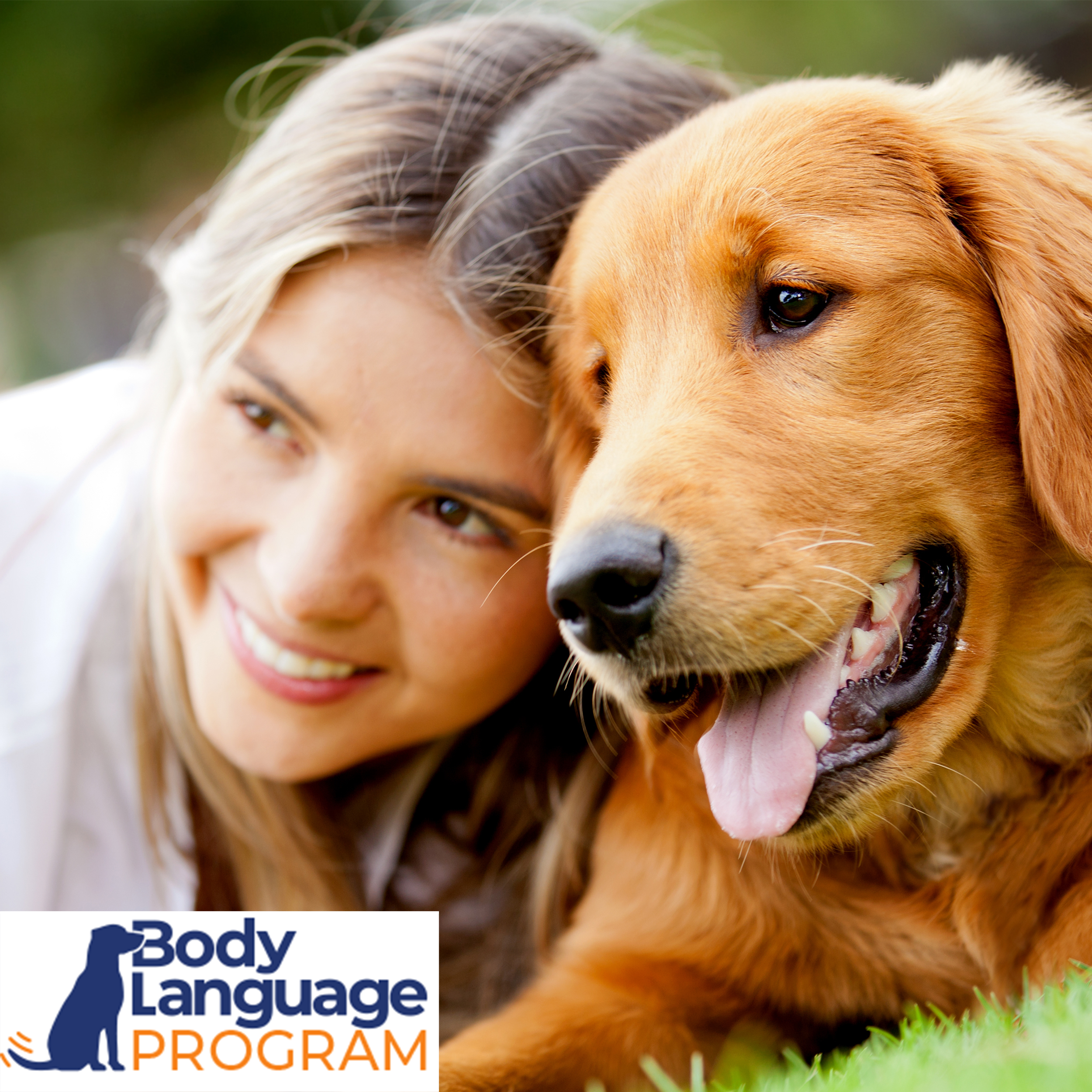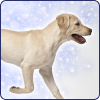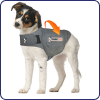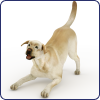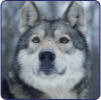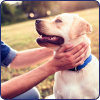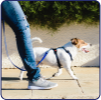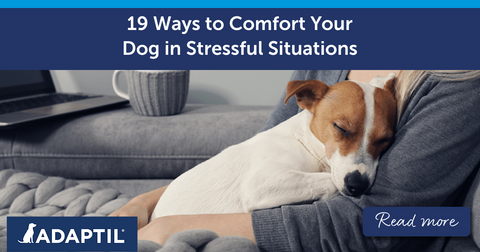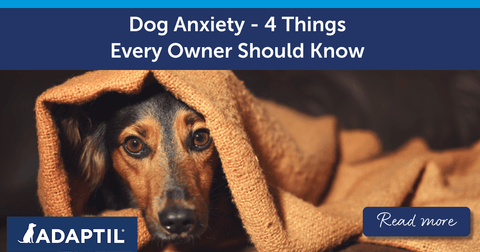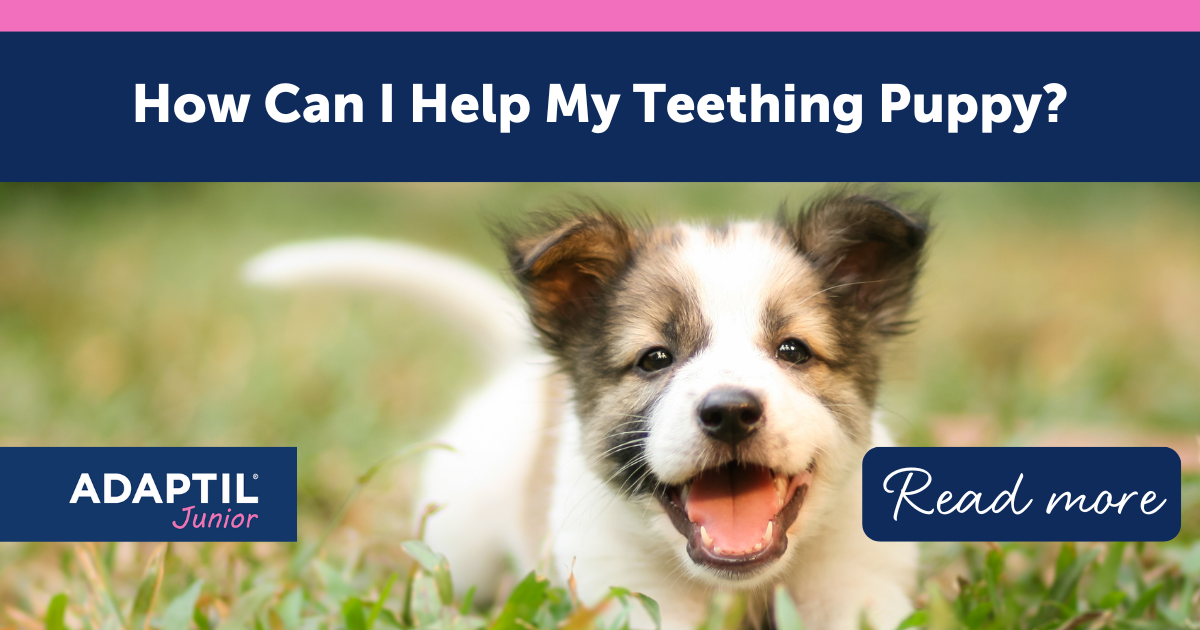
How Can I Help My Teething Puppy?
If you have a new puppy, you should accept that you are likely to find a few items chewed to pieces by little puppy teeth at some stage!
As your new pet transitions to your new home and learns the house rules you can expect them to get their teeth into a few things - this is normal teething and new pup behaviour - so it's up to you to keep dangerous goods or valuables out of reach. Time to puppy proof the house!
Why Does My Pup Chew Anything They Can Get Hold Of?
There is a reason for your pup's destructive chewing. Often, they will be teething so their mouth will be hurting - chewing can ease this pain. A trip to the vet will help to ensure that there are no medical problems causing your pup to chew as a coping mechanism, and rule out any nutritional deficiencies or gastrointestinal problems.
When Do Puppies Lose Their Teeth?
Most likely, teething will be your pup's main reason for getting their teeth stuck into everything! Like humans, puppy teeth will grow and fall out and the puppy will go through their teething phase, bringing on the need to chew.
- From 5-8 weeks old, all 28 milk teeth should be in place.
- At 12-16 weeks their adult teeth will start to come through, pushing the baby teeth out. Just as with human babies this can be a painful process, so make sure that you provide your pup with some great chew toys to relieve any pain.
- By the time your pup is 6 months old, all 42 adult teeth should be in place!
There may be more to chewing than just teething however. Another reason for your pup's chewing can be that they are exploring and trying to gain new information about their surroundings. Dogs tend to use visual information, their sense of smell, and their mouth to take in new information and explore their world!
However, there are some steps you can take to ensure that they don't shred all your favourite footwear.
8 Tips To Keep The Puppy Chewing To A Minimum
1. Puppy Teething Toys
You can distract your cute bundle of joy from your shoes, socks and other household items by giving them designated chew toys. Every pup will have their preferences so make sure you find one that your pup likes. It's important to teach them what they can and can't chew early on. If your pup is a destructive chewer, this can be due to teething, anxiety, fear, boredom, trying to get your attention - or just be because they don't realise that they're not allowed to chew everything yet!
Teaching them where to focus their teeth - ie. their chew toy - will help to save lots of shoes!

2. Make your home a puppy safe zone
Try to puppy proof your house by removing valuable and unsafe items; keep these out of reach from your new pup if you don't want them to be chewed. Be especially mindful of items that will be easily destroyed or have small parts as these could be a potential choking hazard for your pawsome pal.
3. Never punish a chewing puppy!
Don't punish your pup for chewing - whilst they are chewing or afterwards. Remember that they're not destroying anything or chewing to spite you. Punishment won't work as a training tool and can make their chewing worse. Your doggo won't understand if you've found something chewed and try to show them or tell them off. Although dogs are intelligent, they cannot relate something that happened a while ago with the punishment.
Punishment is not a good training technique and will only confuse your dog. Instead, you should provide positive training on items that are acceptable such as their toys and always reward good behaviour. If your pet chews something they shouldn't or they've got their teeth stuck into you, direct them to an appropriate chew object and give praise when they chew this instead. Playing with them using a chew toy is a good way to make this super fun for your pup. They'll gradually start to learn what objects belong to them, that are ok to chew - as well as ones they shouldn't.
4. Make sure you play with your puppy
Playtime is a good distraction for your pup and will encourage your pup to play with and chew their own toys. Once they realise that these are more fun than anything else (because you use them at playtime) they will pick these toys in the future as there's a chance that you'll join in. Playing with your pup as a reward when they play with their own toys and chews will also reinforce this behaviour. You should always ensure that your pup has plenty of physical and mental exercise to alleviate boredom. If they have too much energy they'll look for something to amuse themselves and this may well be chewing!
5. Teach your puppy to drop
If you find that your pup has got into the habit of chewing or if it's difficult to get your pup to leave an item when you find them chewing it then you should offer them another exciting toy, such as a new squeaky toy in exchange for the item in their mouth;
- Use a cue such as 'drop', 'leave' or 'give' to teach them to let go of the item they have.
- Try not to take the item off them yourself but provide alternatives that look fun.
- They should naturally drop their object for what you have; when you see that they're about to drop it say your cue word and then provide the reward when they do.
This is an important aspect of their training in the first few months so you should always praise and reward them for dropping or leaving an object.
6. Avoid an accidental game
Never take an item away from a puppy without providing them with rewards or an alternative chew toy. Otherwise, your dog will learn to protect and guard this item!
This will make it even harder to get items off them in the future. You should practice with toys that they are allowed to chew and ensure that your pup gets used to having to drop things.
Never chase your pup to get the item and ensure that they can't pull and play a tug of war with you - this will make them think that this is a fun item and it will seem as if you are playing. Use a command such as 'drop' as a cue for them to release it in exchange for an exciting treat or toy.
7. How to relieve puppy teething symptoms
If it seems that your pup is having a particularly hard day with their teething then provide them with something cold to soothe their gums. For example, frozen items or toys, food and ice can provide relief to your pup when they chew on it.
However, just make sure that this is puppy safe and that there's nothing small that they can chew and swallow. As all dogs are different it's hard to know just when do puppies stop teething but following these tips will help you through each stage.
8. Consult a expert dog behaviourist if needed
If you think that your puppy's chewing is due to fear or separation-related anxiety then it is worth consulting a professional behaviourist to help get to the bottom of your pup's chewing.
Try to discourage chewing as early as possible to prevent your pup from developing a chewing habit; ensure that they have lots of chew toys and be a friend to them when they're teething, using a chew toy to play with them.
Follow these 8 puppy teething tips and you will help your pup through their teething stage and keep your home chew-free!
Are you on the lookout for even more puppy training advice? Then get in touch! We love sharing all the advice we can. You can also stay informed with all our puppy training tips and more information by signing up to our newsletter.
